Most Fashion Forward Cities in the World
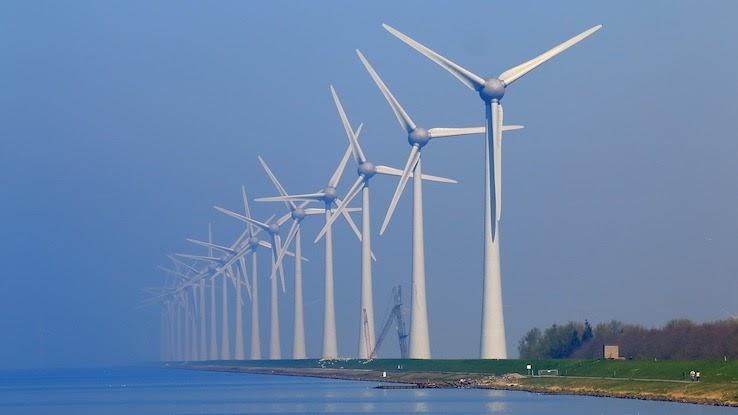
Whether it'southward by banning cars, imposing strict emissions regulations or leaving fossil fuels behind, many cities are responding to climate alter, and it's improving the quality of life for residents. Fewer cars mean less traffic, and lower emissions lead to cleaner air.
There are many things that cities can do to go dark-green. Sustainability may seem pricey initially, simply it tends to save money long-term and helps preserve quality of life for anybody on this planet.
Oslo, Norway
The capital letter of Norway aims to permanently ban all private vehicles while investing in public transit. Currently, the ban but covers the metropolis center, where all street parking has been converted to light-green space, cycle lanes and recreational areas. Pedestrians, cyclists, and public transportation are at present among Oslo's highest priorities.
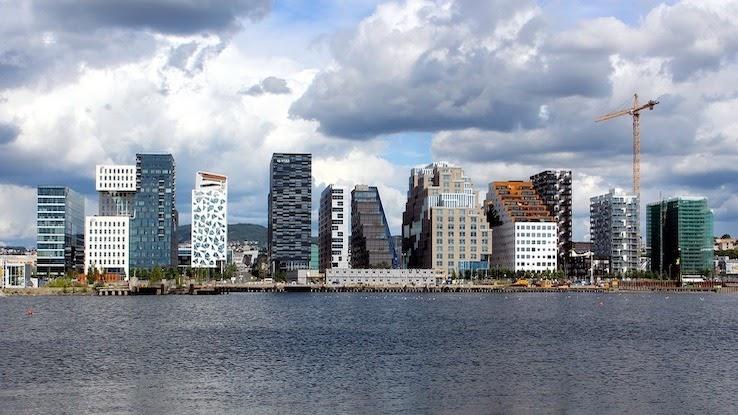
The city has taken important steps in fighting climate change, and residents are already feeling the difference in air quality. They can enjoy the city center more thoroughly without traffic and smog.
The U.N. called Mexico City the about polluted city on the planet in 1992. Since then, United mexican states City has made many changes, including promising to go rid of diesel fuel cars by 2025. Through the expansion of public transportation, two one thousand thousand cars accept been eliminated from the city's streets.
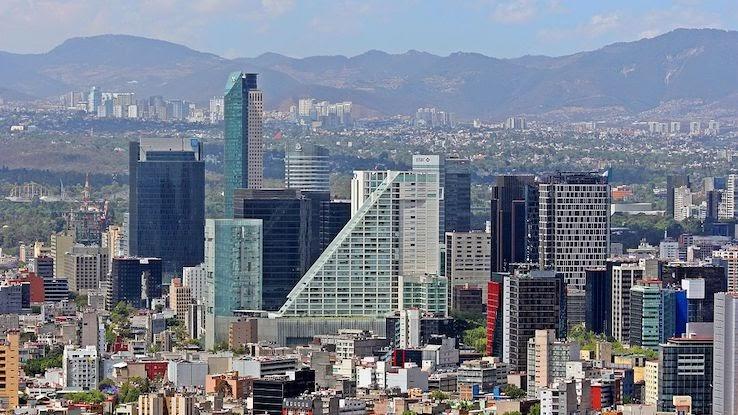
Starting in 2020, United mexican states City bans many single-utilize plastic items, and shops no longer carry plastic bags. As of 2021, plastic straws, cups, cutlery and balloons are also illegal. Because Mexico City is second just to New York City for waste product product, these changes could accept a big impact.
Bogotá, Colombia
Bogotá, Colombia started endmost city center streets to cars fashion back in 1974. Since then, the effort to remove cars from downtown has just expanded. On Sundays, city center streets are airtight from 7 a.m. until 2 a.m., during which one meg people use the space to ride bicycles and play sports instead. Bogotá likewise has over 200 miles of bike lanes running throughout the city.
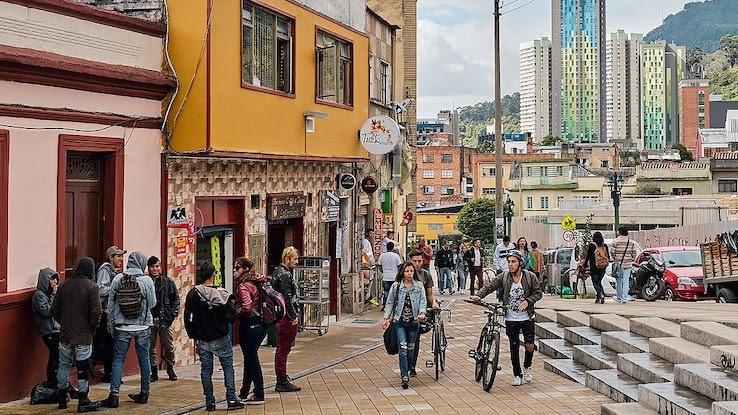
Every February 1st is Car-Gratuitous Day in Bogotá. For nineteen years, this vacation has given the people of Bogotá a glimpse into an existence without the traffic, stress and pollution that cars create.
San Francisco, California
Ranking among the worst congestion in the earth, traffic in the Bay Expanse is no joke. To combat this, San Francisco eliminated its minimum parking requirements for new developments, making parking spaces harder to find and giving drivers a reason to choose other forms of transportation.
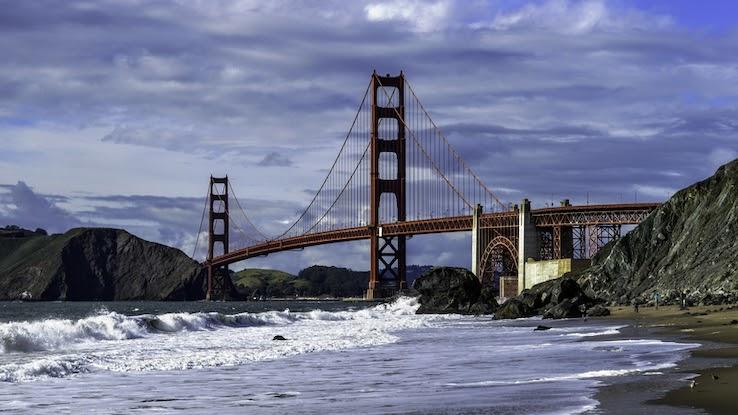
San Francisco likewise plans to go carbon neutral by 2050. In September 2019, city officials passed a law that says large commercial buildings must use renewable energy sources for all of their power. The city is the showtime in the land to enact this law, and it could inspire other parts of the U.S. to do the same.
Madrid, Spain
Madrid made a bold motility toward going green in 2018 by requiring all vehicles in the city heart to be carbon emission-costless. Neither gasoline vehicles registered before 2000 nor diesel vehicles registered before 2006 tin bulldoze in downtown Madrid. The only exception is if you're an expanse resident.
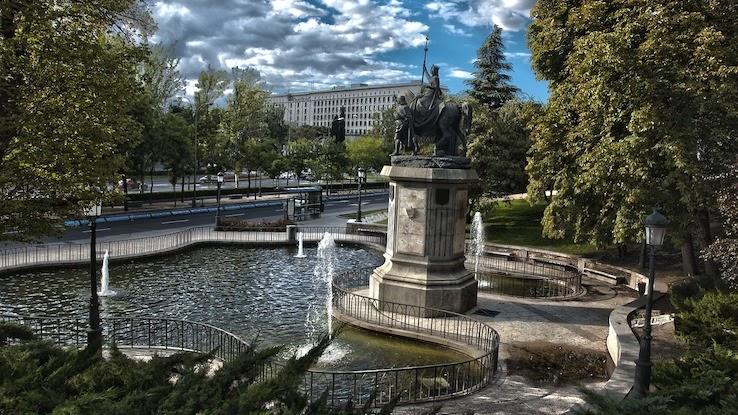
The idea of this new police force is to become emissions nether control and also brand the city center experience more than pleasant for everyone. When there is less traffic, both drivers and pedestrians tin can move more freely.
Berlin, Frg
Berlin enacted a ban in 2008 to eliminate all cars that don't comply with the city's emissions standards. Thirty-4 square miles of the city are included in the ban, covering around a 3rd of people living at that place. At the same time, Berlin also boasts a great public transit system significantly boosts its eco-friendliness.
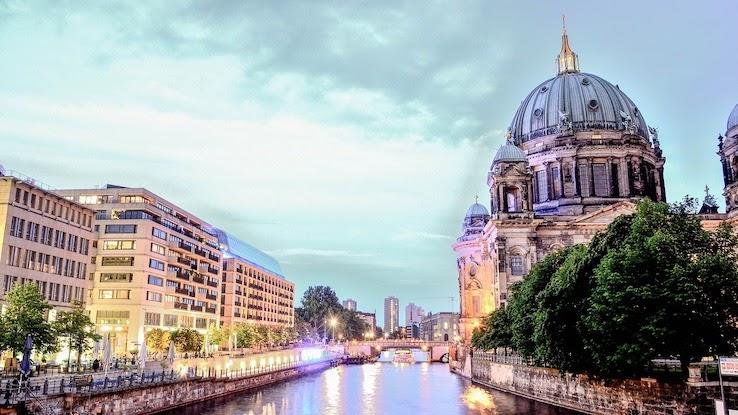
Berlin's refund system for recycling has fabricated the practice into a way of life for many residents. Frg'south capital as well has the greatest area of dark-green space of whatever European urban center, with green space and water combined covering 46 percent of Berlin.
Hong Kong
Hong Kong is one of the busiest cities in the globe, and all of that hustle leads to a less than green environs. However, moves to ease pollution are being made, with many parts of Hong Kong closed off to cars entirely, such every bit Cheung Chau and Discovery Bay on Lantau Isle.
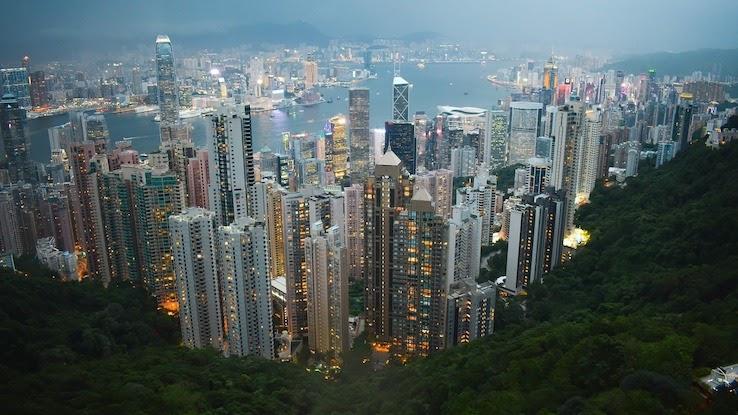
The city likewise plans to build more pedestrian-only zones in its busiest areas, and it has begun testing how the city would part after closing streets in the decorated business commune known equally Central. Hong Kong officials hope these moves decrease congestion and pollution at the same time.
Brussels, Belgium
Because of its status every bit ane of the virtually polluted cities in Europe, Brussels enacted a ban on all diesel vehicles fabricated before 1998. It also implemented machine-free Sundays equally of 2019, and vehicle speed limits have been reduced in an attempt to clean up the city'south poor air quality.
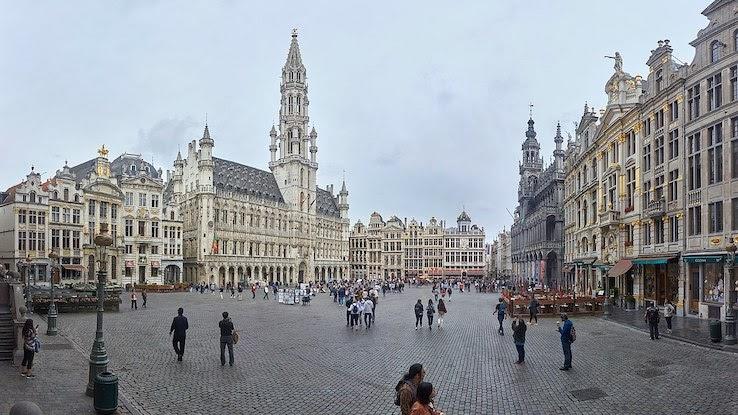
Brussels plans to brand public transportation free during periods of high air pollution, and it may aggrandize gratuitous public transportation to nights and weekends as well. City officials have also put effort into increasing the amount of pedestrian-friendly areas in the city. They programme to eliminate all gasoline and diesel vehicles past 2035.
London, England
To counter high pollution levels, London has enacted strict emissions standards. Drivers of vehicles with heavy emissions must pay a high daily fee in guild to drive in the city, while virtually diesel fuel cars are banned. Those cars that are immune must still pay a fee.
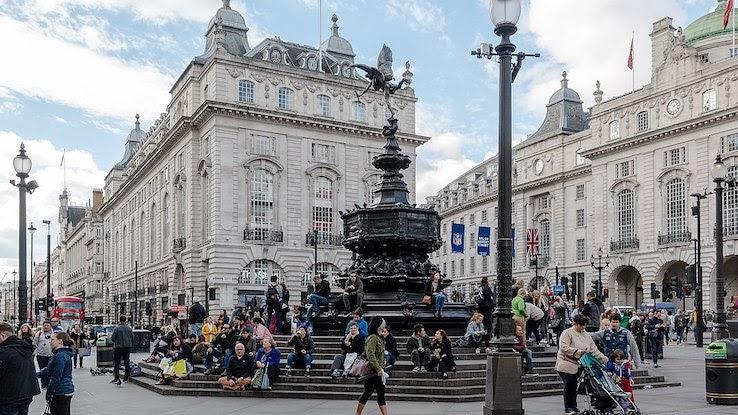
The low-emissions zone in London is set to expand in 2021. This effort includes fees on buses and coaches and an expansion to the north and south round zone. Estimates advise that nearly lxxx per centum of cars in the low-emissions zone will run across the city'southward emissions standards once the program is implemented.
Barcelona, Spain
The movement to ban cars is well on its way in Barcelona. The city transformed congested intersections into carless superblocks, each i consisting of ix pedestrian-only city blocks full of gardens and plazas. The goal of this initiative is to decrease air and noise pollution, and it's already helping.
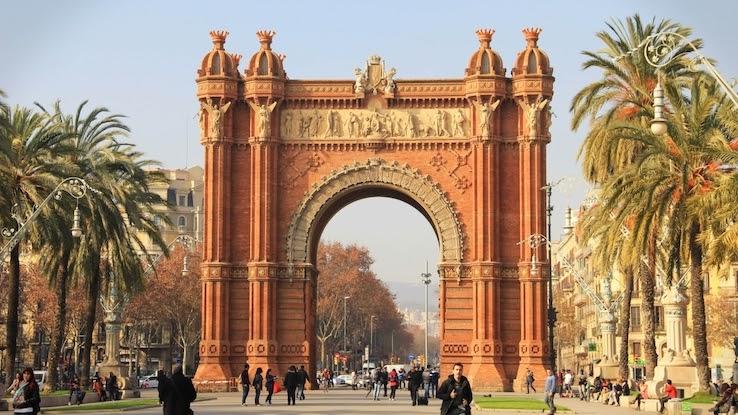
To combat global warming, Barcelona is building urban greenish infrastructure everywhere information technology can, including rooftop gardens. Local businesses similar Barcelona Energia have enacted plans to reduce greenhouse gas emissions by transitioning to make clean energy.
Venice, Italian republic
Venice, Europe's famous city of canals, does not allow cars within the city center. Anyone who visits by car must park exterior the urban center proper and walk in on foot. Yous tin then either continue walking or take a gondola to get around.
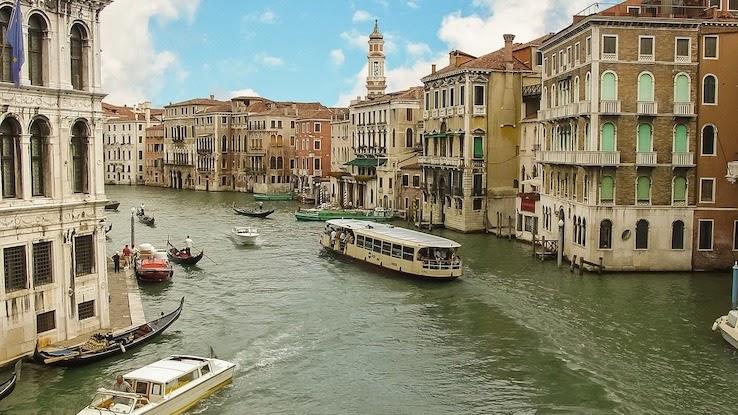
Because of Venice's summertime rut, most houses accept shutters on windows to keep interior spaces cool without using energy. Authorities-owned buildings aren't allowed to apply air conditioning until June 15th. Such efforts lower Venice'due south energy bills and its carbon footprint at the same time.
Paris, French republic
Pollution in Paris is a serious trouble, but the city has plans to deal with it. Paris has banned cars registered earlier 1997 from driving in the metropolis during the calendar week, and it's in the process of turning a highway running alongside the Seine River into a promenade for pedestrians only.
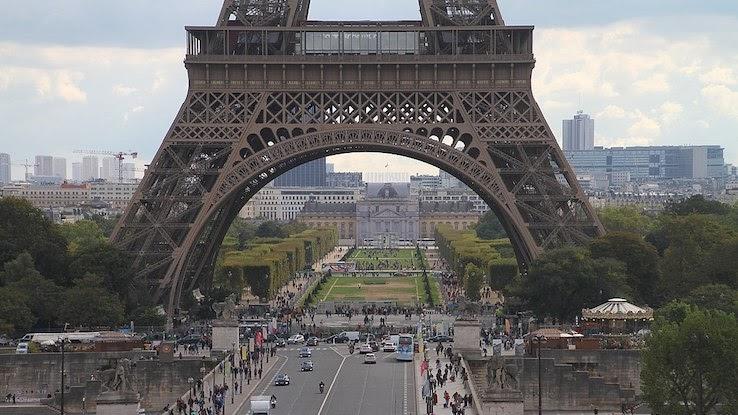
The city is set to double its bike lanes every bit of 2020, and information technology intends on completely banning diesel vehicles by 2025. These eco-driven moves will no incertitude assist clean Paris' air, non to mention brand the urban center much more bearable to live in by reducing the traffic.
Copenhagen, Denmark
Because Copenhagen is among the nigh bike-friendly places on the planet, more than half of residents bike to piece of work every single day. If that wasn't enough, Copenhagen also plans to exist completely carbon neutral by 2025.
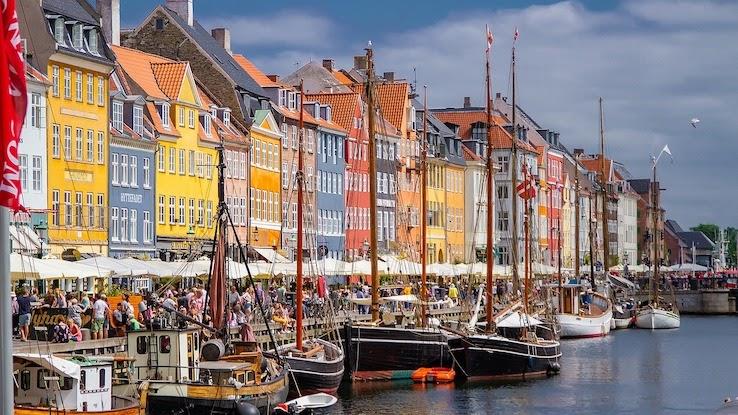
The city's buses are already moving to electrical from diesel, and there are plans underway to build an artificial ski slope called Copenhill. Unlike other places to ski, Copenhill will cover urban center waste material as it's turned into energy for both businesses and homes. The city also wants to build a cycle throughway roofing 300 miles to connect Copenhagen to its suburbs.
Athens, Hellenic republic
Athens is in the process of banning all diesel cars from its city middle past 2025, largely considering of the urban center'due south poor air quality. The goal is to somewhen ban all gasoline cars equally well while encouraging electric vehicles and sustainable transportation.
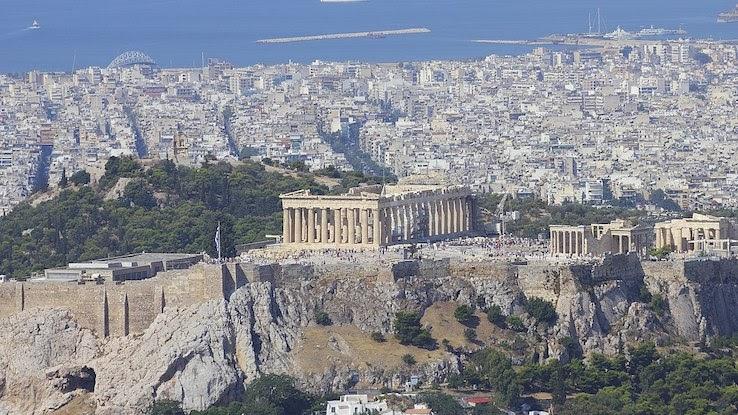
Athens built a metro network in 2010 for the Olympics and has since seen reduced traffic congestion and lower commute times and air pollution as a result. Urban center officials are in the process of implementing a green economic strategy to foster all kinds of green jobs and investment in Athens.
Minneapolis, Minnesota
After San Francisco overturned its mandatory parking minimums for new developments, Minneapolis quickly followed conform. The idea is to discourage driving and get people walking and using public transit instead. This policy aims to reduce both emissions and route congestion.
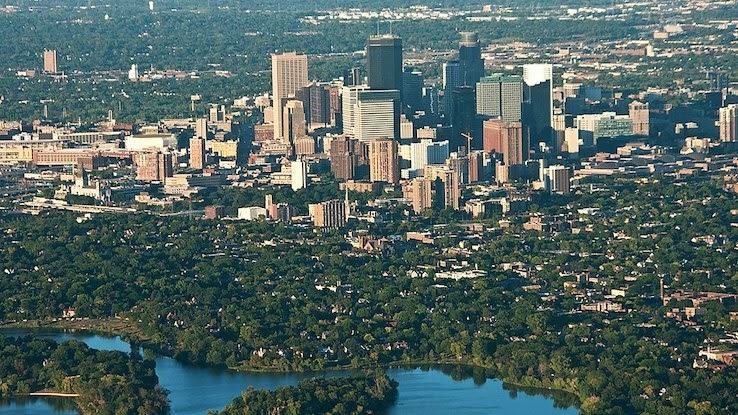
Overall, Minneapolis officials want to reduce emissions past a whopping eighty percent before 2050 and decrease miles driven locally by twoscore pct. Efforts are likewise underway to create green roofs throughout the metropolis and plant more trees, leading to a more sustainable city.
Ghent, Belgium
Ghent, Belgium is ahead of other cities when information technology comes to banning cars. Automobiles haven't been allowed in the city center since 1996. By taking such steps to combat both air pollution and traffic congestion, Brussels created more room for public transportation and bicycles.
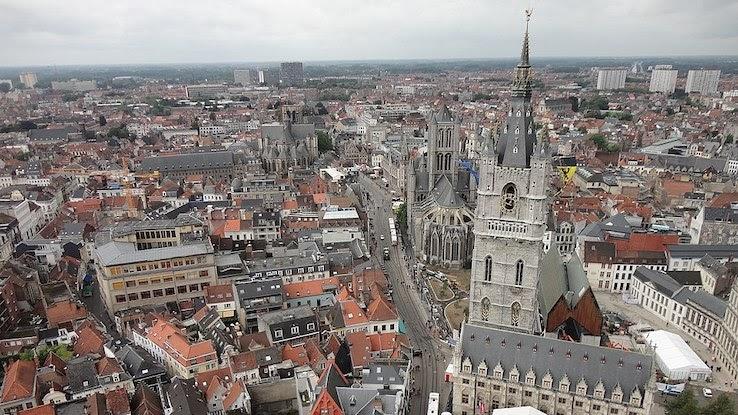
This mid-sized urban center also intends on condign carbon neutral by 2050. Brussels has put a lot of piece of work into reducing emissions in the areas of transportation, agriculture and lighting. In addition, Ghent households now recycle more half of their waste product thank you to initiatives put in place past the urban center.
Fes el Bali, Morocco
Fes el Bali is the ancient walled section of Fes, Morocco. More notably, information technology is the biggest auto-free zone in the globe. The walled area was named a UNESCO Globe Heritage Site in 1991. The street traffic is populated by pedestrians, cyclists, donkeys and carts, merely no cars save for some emergency vehicles.

The population of Fes el Bali is roughly 156,000, making its car-free state quite the feat. Whether you're a tourist or a local, the thousands of narrow alleys in the area make being able to walk without worrying about cars a blessing.
Tokyo, Japan
Tokyo began its move toward eco-friendliness in 2002 with policies intended to ensure the development of light-green infrastructure. Large buildings in the metropolis must abide by efficient energy utilisation standards, and programs are in place to reduce waste matter that ends up in landfills.
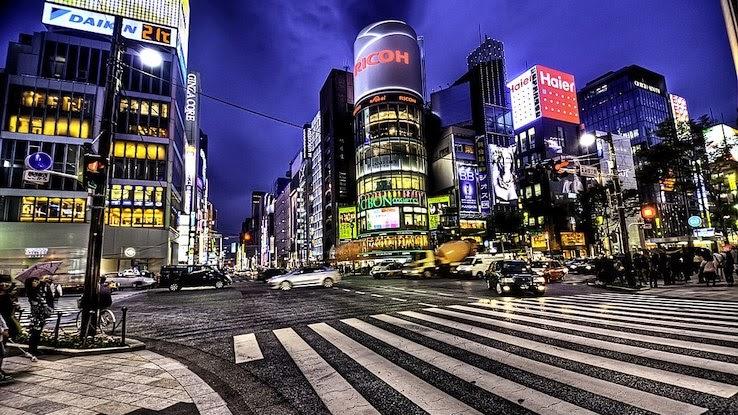
Strict regulation on diesel vehicle emissions began in Tokyo in 2003. Vehicles that don't pass an emissions test aren't allowed to drive in the city. Other policy goals fix past Tokyo include reducing plastic bag usage, converting to LED light, and using renewable energy for the 2020 Olympic Games.
New York City, New York
While many New Yorkers take long relied on foot travel to go around their home, the city continues to detect ways to reduce car usage. Examples include cycle sharing, the promotion of public transit and the creation of additional pedestrian-but zones in some of the busier parts of the urban center.
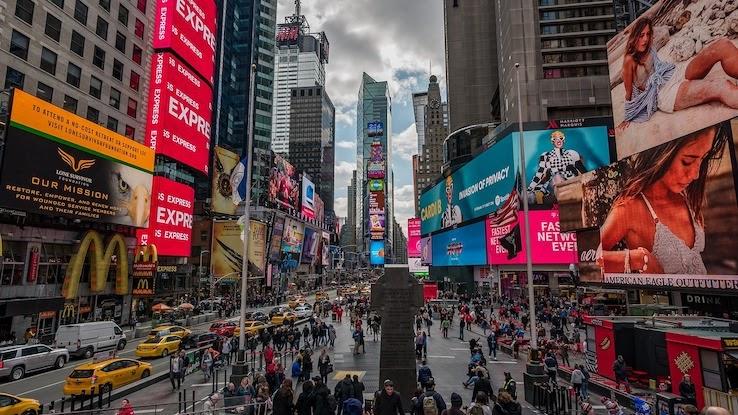
The city is besides trying to reduce its carbon footprint through initiatives to build solar and current of air free energy farms. 50 percent of the urban center's free energy will come from renewable sources past 2030. By 2050, the urban center aims to be carbon neutral.
Zermatt, Switzerland
No metropolis is as well small to make an touch on on the planet. Although Zermatt, Switzerland only has about 5,700 residents, this tall town no longer tolerates cars powered by fossil fuels — only electrical and freight vehicles are immune. Permits to drive and park are only available for the outskirts of town.
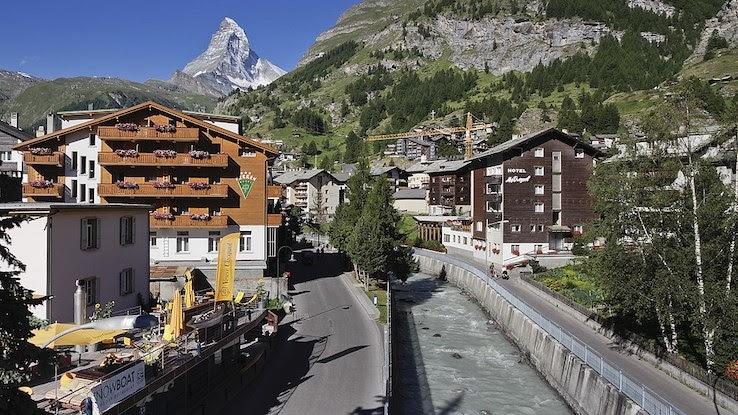
Zermatt's location is at the base of one of Europe's highest mountains, the Matterhorn. Information technology's particularly important to combat air pollution hither because of its potential to damage the visibility of local scenery. Of class, city officials also care near keeping Earth clean and dark-green, then the no-automobile rule serves many purposes.
Seoul, Republic of korea
To preserve air quality, Seoul banned all diesel vehicles built before 2005 unless they were able to pass emissions standards. These emissions standards as well utilize to Seoul'due south surrounding regions as of 2020.
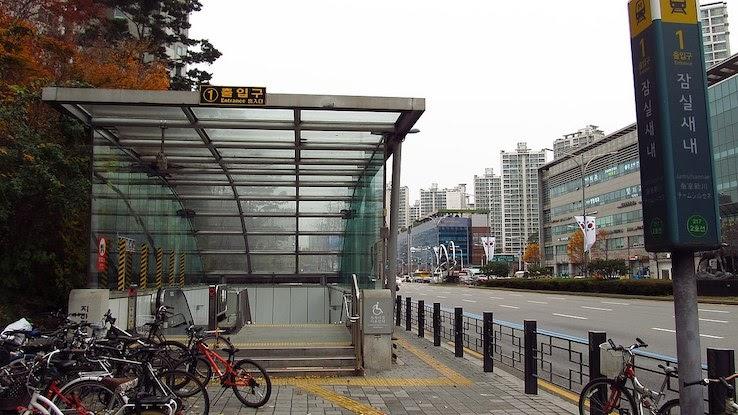
The long-term goal for Seoul is to create a city that doesn't need cars at all. Eventually, everything volition exist accessible either on foot or via the city'due south subway lines. Seoul has also implemented a program where people must leave their cars at habitation once a week. Anyone who fails to do then faces higher car fees.
New Delhi, India
In New Delhi, about 600,000 people die because of air pollution annually. It is 1 of the most polluted cities in the globe. However, local and national officials take begun to take action to combat the deadly air quality. For instance, taxis and auto-rickshaws are required to use gasoline diesel fuel.
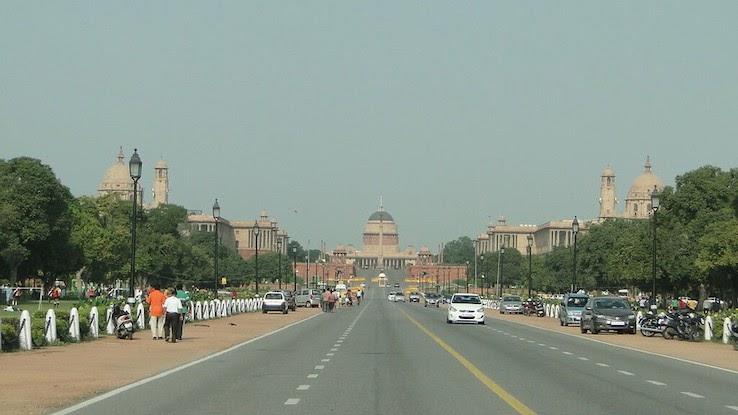
New Delhi as well has a special policy based on license plate numbers that restricts when people can drive. Depending on what day it is, just drivers with even or odd license numbers can accept to the road. Stricter emissions standards costly penalties for burning trash are also helping to fight back confronting dirty air.
Curitiba, Brazil
Curitiba may not be well known outside of Brazil, but it has been proudly been named the dark-green capital of the state. Residents recycle 70 percent of the city'southward waste in part because of an incentive program that rewards people for recycling with cash, food and tokens.
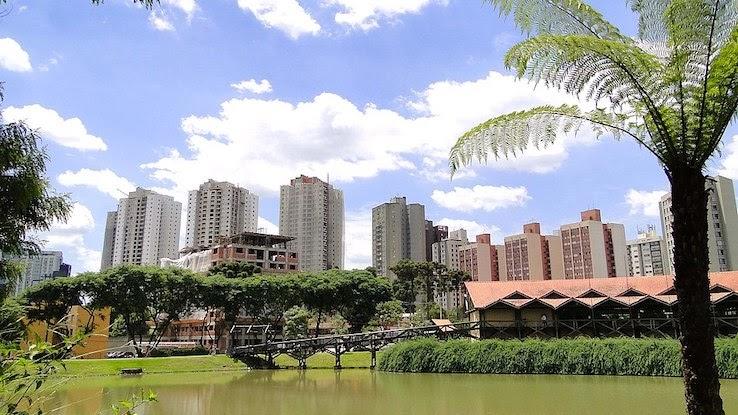
Curitiba besides boasts an amazing public transit arrangement that allows people to easily go around without cars, lowering the urban center'due south emissions. Furthermore, Curitiba's urban surface area includes plenty of light-green space, including 16 parks and 14 forests.
Helsinki, Finland
Helsinki is 1 of the greenest cities in the entire world, with 77 per centum of all trips taking identify by foot, bike or public transit. Yet, the city is working to make urban mobility and environmentally-friendly living an fifty-fifty college priority.
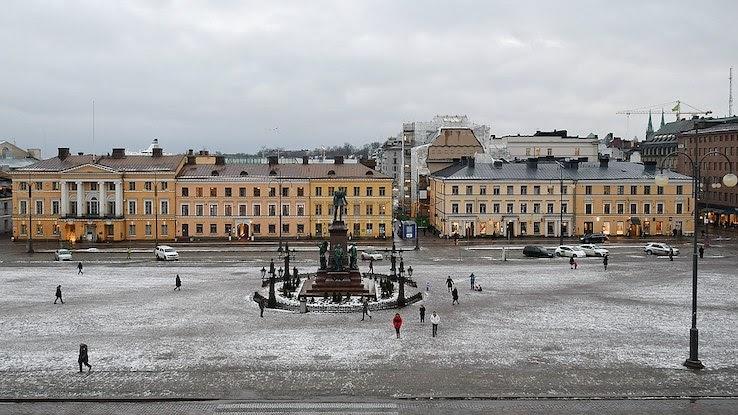
The city has plans to transform its suburbs into pedestrian-friendly areas that are attainable from the downtown surface area. Other goals include promoting public transport and decreasing the use of cars even farther.
Stockholm, Sweden
Stockholm's goal is to exist completely gratis of fossil fuels by 2050, and it'southward already well on its way to getting there. The city boasts numerous initiatives to subtract its carbon emissions, including biofuel conversion plants that turn sewage into useable energy.
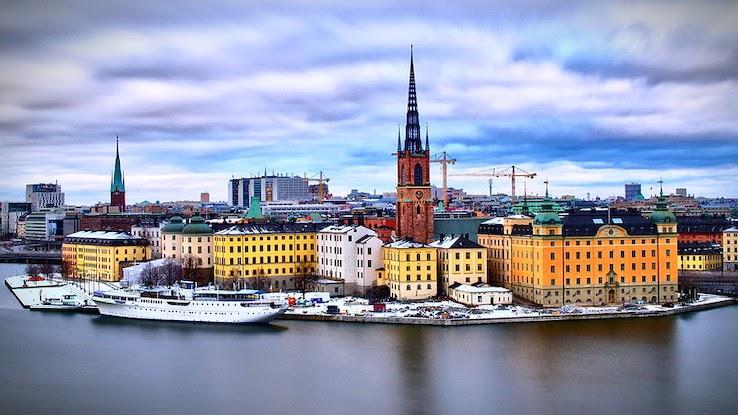
Stockholm also has a projection in the works to turn waste heat from stadiums, data centers and stores into residential heating for the homes of the metropolis. The urban center even provides incentives for engineering science businesses to move downtown that their waste rut can be utilized for this purpose.
Chengdu, China
China is irresolute the game when it comes to renewable energy. The state now spends more on renewable energy than Europe and the U.S. combined. However, China's massive pollution problem means that it needs to become greener equally apace every bit possible.

One solution for Communist china is a satellite urban center beingness built outside Chengdu. It's designed to permit residents to get anything they need in the city within 15 minutes of walking, and many of the roads aren't open up to cars.
Amsterdam, Netherlands
In Amsterdam, at that place are more bicycles than people. In add-on to the normal variety, electric bikes are also very pop. More than 300 charging stations exist all over the metropolis, while electrical taxis and other transportation also exist for anyone without a bike
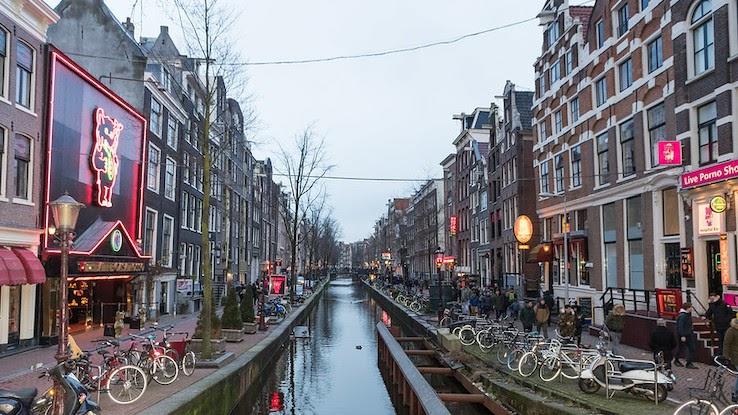
Fifty-fifty the garbage in Amsterdam is used responsibly: Solid waste matter is burned then used to ability local residences and industries. Amsterdam also continues to invest in air current and solar free energy, making it a truly green urban center.
Vancouver, Canada
Amid all of Northward America'south major cities, Vancouver has the lowest carbon emissions, although not without plenty of endeavour. The city has worked for years to provide charging ports for electric vehicles, accessible public transit and a pedestrian-friendly city center. It likewise promotes vertical upwards growth — think skyscrapers — instead of urban sprawl.
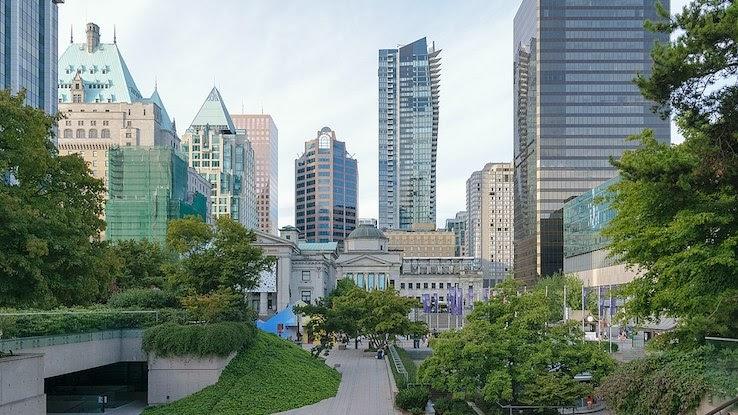
The city'southward goal is to be the greenest city in the world by 2020. In 2016, Vancouver ranked number one for air quality in major cities globally, and so they might just get at that place.
Hamburg, Germany
Hamburg, the 2d-largest city in Federal republic of germany, is too one of the most eco-friendly in Europe. It has bike paths, electric transportation, successful waste product reduction programs and restrictions on many dispensable items .
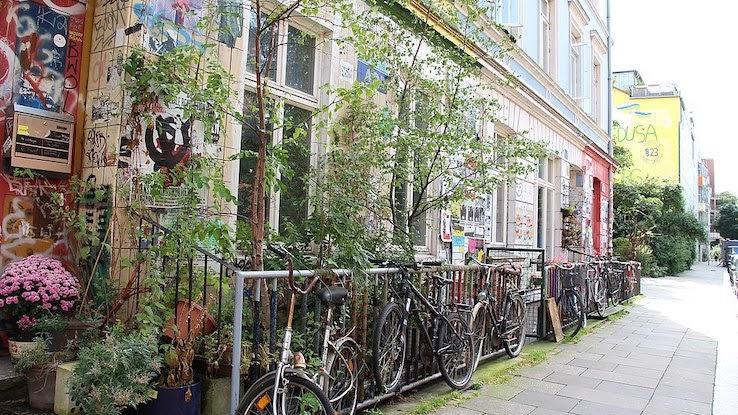
From 2020 onward, Hamburg only orders electric buses for its public transportation fleet in an endeavour to movement toward a zero-emissions passenger vehicle organisation. This goal will hopefully be achieved by 2030. While Germany as a whole is going dark-green, Hamburg is among the offset cities to make a commitment to a completely electric bus armada.
Portland, Oregon
Since 1991, Portland, Oregon has transitioned away from fossil fuels to become one of the greenest cities in the earth. This is thanks to splendid urban planning by its Sustainable Metropolis Government (SCG). The city has lowered carbon emissions by 17 percent since 2006, all while keeping population and manufacture growing.
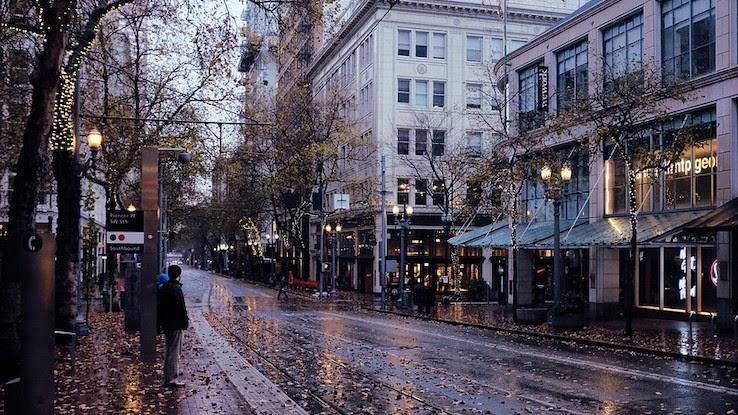
What's more, residents of Portland recycle 63 percent of their waste cheers to a culture that embraces green living and nature. The metropolis'due south expansion of bike lanes has also helped the city to cut back on emissions.
0 Response to "Most Fashion Forward Cities in the World"
Post a Comment